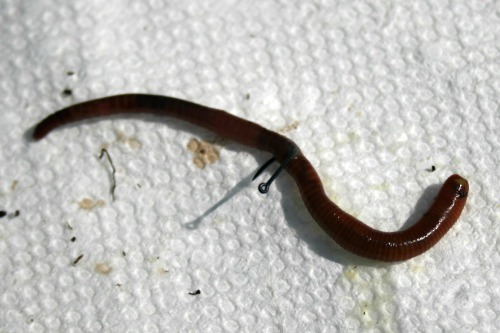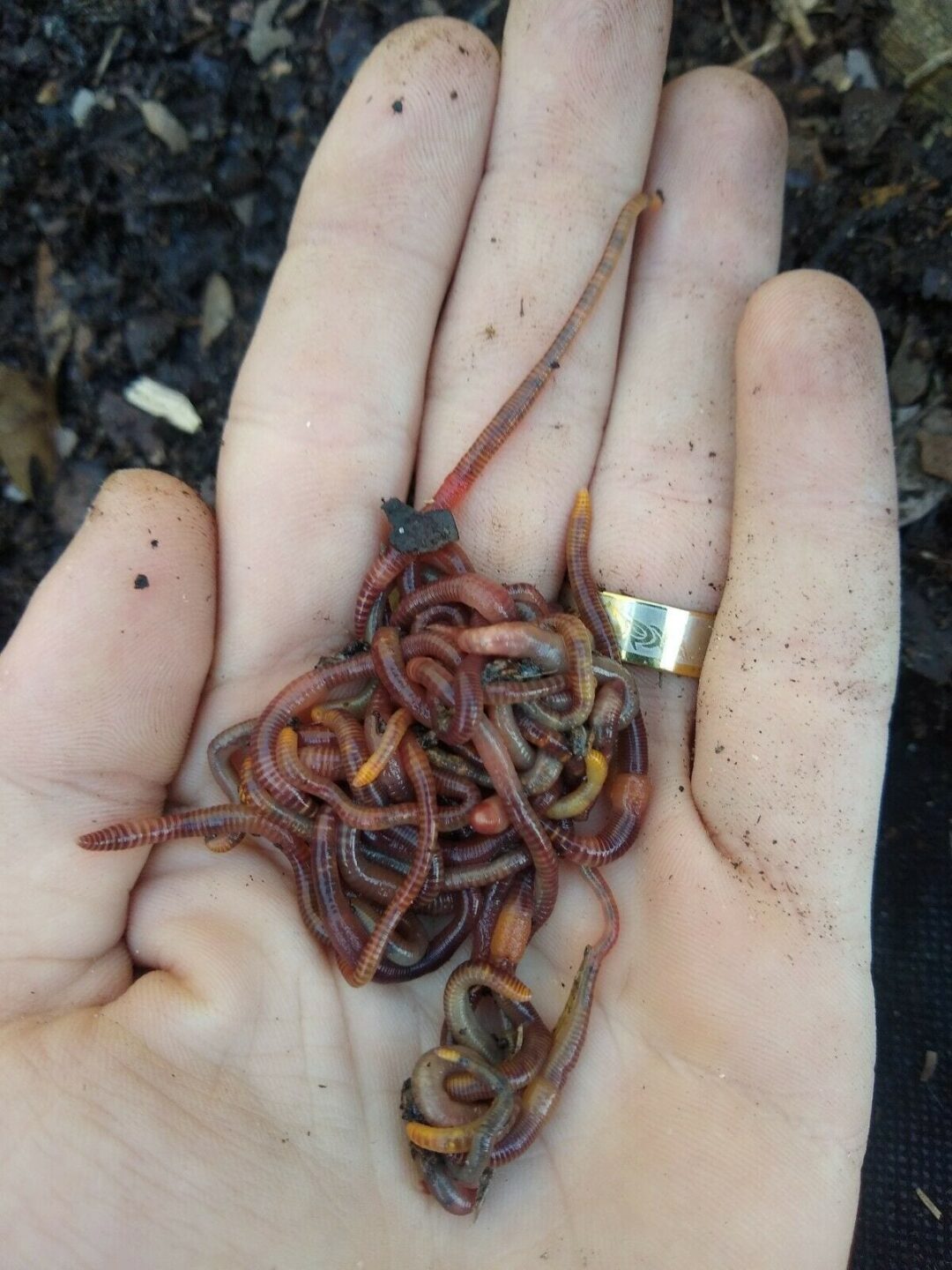Red Wigglers: The Unsung Heroes of Organic Waste Recycling
Red wigglers, or Eisenia fetida, offer as essential representatives in the natural waste reusing procedure, transforming discarded products into valuable vermicompost. As the world significantly looks for remedies to deal with waste accumulation and improve farming efficiency, understanding the role of these worms comes to be necessary.
What Are Red Wigglers?
The amazing durability of red wigglers, scientifically recognized as Eisenia fetida, highlights their essential role in natural waste recycling. These tiny, reddish-brown earthworms are generally located in decomposing organic issue, such as compost heaps and manure stacks. Lake Hickory Bait. Unlike various other earthworm varieties, red wigglers flourish in nutrient-rich environments and are highly efficient at breaking down natural materials, making them crucial for vermicomposting

(Red Wiggler Express)Along with their role in waste reduction, red wigglers contribute to dirt health by boosting soil structure and aeration with their burrowing activities (Lake Hickory Bait). Their presence in composting systems not only improves disintegration rates however likewise promotes a sustainable approach to waste monitoring, illustrating their importance in eco-friendly preservation efforts
Advantages of Composting With Worms
Composting with worms, specifically red wigglers, offers countless advantages that boost both waste administration and soil health. These worms successfully damage down organic waste, converting it into nutrient-rich vermicompost that enriches dirt. This process accelerates disintegration, enabling a faster recycling of cooking area scraps and various other natural products contrasted to conventional composting approaches.
Additionally, the vermicompost generated by red wigglers is including helpful microorganisms, which help enhance dirt framework, aeration, and dampness retention. This improves the overall health of plants, advertising strenuous development and enhanced yields in yards and farming settings. The usage of worms in composting decreases the manufacturing of greenhouse gases, such as methane, adding to a more sustainable waste management system.

Just How to Beginning Vermicomposting
Establishing a vermicomposting system is a simple process that can generate substantial benefits for both waste administration and soil enrichment. To start, choose an appropriate container, such as a plastic bin or wooden box, with appropriate ventilation openings to guarantee correct air movement. The dimensions ought to preferably be about 2 feet by 3 feet, enabling ample area for the worms to thrive.
Next, prepare bedding material, which can contain shredded newspaper, cardboard, or coconut coir. This bed linens ought to be dampened to develop an appropriate habitat for the worms. When the bed linen is in area, introduce red wigglers (Eisenia fetida) right into the bin, generally around one extra pound of worms for each square foot of surface location.
Complying with the positioning of worms, add natural waste, such as fruit and vegetable scraps, coffee grounds, and smashed eggshells. With these steps, you will effectively start a vermicomposting system that adds to sustainable waste monitoring and enhances your soil.
Keeping a Healthy Worm Bin
(Red Wiggler Express)Keeping a worm container prospering needs routine interest and like make sure the health of the red wigglers and the performance of the composting process. Correct maintenance begins with monitoring the wetness degrees; the bin needs to perspire however not waterlogged. A great general rule is to maintain an uniformity comparable to a wrung-out sponge.
Carefully blending the bed linens and food scraps every couple of weeks protects against compaction and ensures that all worms have access to oxygen. Furthermore, it is crucial to feed the worms suitably.
Temperature guideline is an additional essential facet. Red wigglers thrive in a range of 55 to 77 degrees Fahrenheit. If the bin becomes as well hot or cold, the worms may become stressed - Lake Hickory Bait. Lastly, regularly inspect for indications of health and wellness, such as worm population growth and the presence of healthy castings. By diligently taking care of these elements, one can maintain a durable and efficient worm bin.
Influence on Lasting Living
The successful maintenance of a worm container not only benefits the wellness of red wigglers but additionally adds dramatically to lasting living practices. By reusing natural waste, such as kitchen scraps and backyard debris, red wigglers help draw away considerable amounts of product from garbage dumps. This reduction in waste not just decreases greenhouse gas exhausts however also lessens the environmental worry related to waste management.
In addition, the castings generated by red wigglers function as a nutrient-rich natural fertilizer, enhancing soil health and advertising plant development. This natural choice to chemical fertilizers sustains sustainable farming and gardening methods, reducing dependence on artificial inputs that can damage environments. Additionally, worm composting cultivates awareness of waste administration, urging individuals and areas to adopt more lasting habits.

Verdict
In summary, red wigglers serve as essential factors to organic waste recycling via their effective decay of organic products. Discover More Here By integrating vermicomposting into waste monitoring methods, individuals and neighborhoods can considerably reduce waste while advertising environmental sustainability.